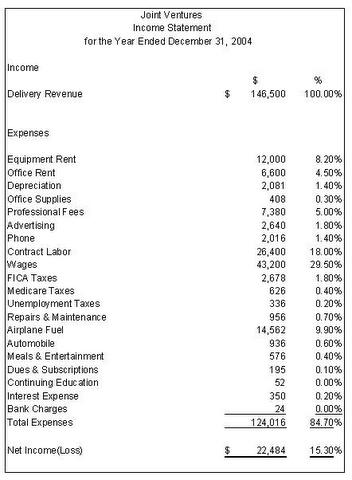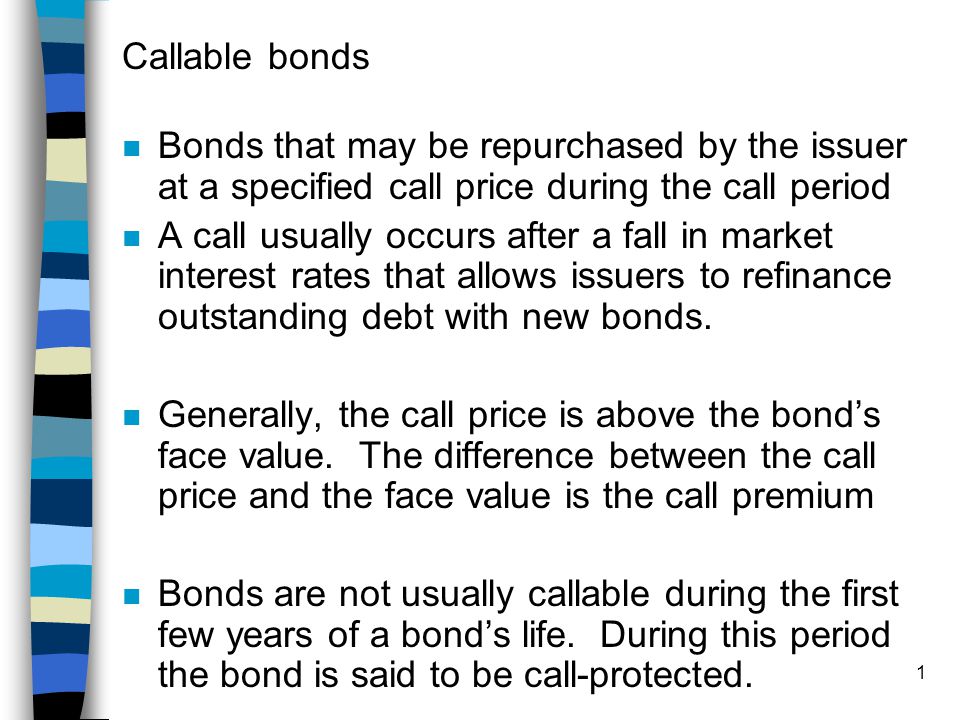admin

By submitting information or material identified as business confidential information, the applicant or other party represents that the information is exempted from public disclosure, either by the Freedom of Information Act (5 U.S.C. 552 et seq.) or by some other specific statutory exemption. Any request for business confidential treatment must be accompanied at the time of filing by a statement justifying non-disclosure and referring to the specific legal authority claimed. The public summary version required under § 705.5 must be clearly marked “PUBLIC”.
Department of Commerce for instructions on the appropriate methods to send this type of information. Upon the disposition of each request, application, or motion made under this part, a report of such disposition shall be submitted by the Secretary to the Congress and published in the Federal Register.
When Does An Approved Exclusion Request Go Into Effect And What Does It Cover?
We bring litigation, and handle numerous other types of issues arising in international trade. The implementation of such duties was delayed due to country by country negotiations exemptions, but will now go forward as of June 1, 2018.
The UAE legal structure has two systems – the Federal Judiciary and the local judicial departments at the local government level. Each of the Emirates are able to choose which one of the two systems to operate under. The Secretary, in consultation with CBP and other relevant executive departments and agencies, shall revise the HTSUS so that it conforms to the amendments and effective dates directed in this proclamation. The Secretary shall publish any such modification to the HTSUS in the Federal Register.

This reflects both the exemptions to Canada and Mexico in May 2019, top suppliers of both metals, and declining imports in response to the relatively higher import prices, an objective of the Administration’s actions.67 The tariffs collected are put in the general fund of the U.S. In the proclamations, the President established a bifurcated approach, instructing Commerce to establish a process for domestic parties to request individual product exclusions and a U.S. Trade Representative -led process to discuss “alternative ways” through diplomatic negotiations to address the threat with countries having a “security relationship” with the United States. Several U.S. trading partners are challenging the tariffs under World Trade Organization dispute settlement rules and have threatened or enacted retaliatory measures. Some analysts view the U.S. unilateral actions as potentially undermining WTO rules, which generally prohibit parties from acting unilaterally, but provide exceptions, including when parties act to protect “essential security interests.” In turn, the United States has initiated cases against other countries’ retaliatory measures under WTO rules.
Fact Sheet: President Donald J Trump: Standing Up To Unfair Steel Trade Practices
According to the aluminum associations of Japan, Europe, Canada, and the United States, global overcapacity amounted to 11 million metric tons in 2017. A June 2019 OECD report found that subsidies, especially in China and the countries of the Gulf Cooperation Council, and other market-distorting practices impact global competition in the aluminum industry.159As noted, the U.S. Aluminum Association and some of its international counterparts seek to establish a global forum to address aluminum excess capacity.
The agreement, which does not change the 10 percent Section 232 tariff on aluminum from Japan, will take effect April 1, 2022. U.S. Customs and Border Protection is enforcing new trade remedy measures for duties and quotas on imported goods. If a U.S. industry believes that it is being injured by unfair competition through dumping or subsidization of a foreign product, it may request the imposition of antidumping or countervailing duties by filing a petition with both the Department of Commerce and the United States International Trade Commission. The Department of Commerce investigates foreign producers and governments to determine whether dumping or subsidization has occurred and calculates the amount of dumping or subsidies. The International Trade Commission determines whether such dumping or subsidization has caused material injury.
Documents And Notices:
In March 2022, the U.S. and the United Kingdom announced that beginning June 1, the U.S. will replace its Section 232 tariffs on steel and aluminum from the UK with tariff-rate quotas allowing up to 500,000 tons of UK steel and 12.3 thousand tons of UK aluminum to enter the U.S. duty-free each year, though those amounts may be adjusted annually. Imports in excess of these amounts will be subject to the existing tariffs, which are 25 percent and 10 percent, respectively. Starting February 8, 2020, these tariffs also applied to certain derivatives of aluminum and steel articles. The tarrifs apply to aluminum derivatives from all countries except Argentina, Australia, Canada, the EU , the UK and Mexico and steel derivatives from all countries except Argentina, Australia, Brazil, Canada, Japan , the EU , the UK , Mexico and South Korea. A previous presidential proclamation subjected UAE imports of aluminum to absolute quota limits and exempted them from Section 232 customs duties.

The Public Inspection pageon FederalRegister.gov offers a preview of documents scheduled to appear in the next day’s Federal Register issue. The Public Inspection page may also include documents scheduled for later issues, at the request Presidential Proclamation on Adjusting Imports of Aluminum of the issuing agency. We’ll be in touch with the latest information on how President Biden and his administration are working for the American people, as well as ways you can get involved and help our country build back better.
What Information Must Be Included With The Exclusion Request?
Section 232 of the Trade Expansion Act of 1962 (19 U.S.C. §1862) authorizes the Secretary of Commerce to conduct these comprehensive investigations. This meeting is physically accessible to people with disabilities. Requests for sign language interpretation or other auxiliary aids should be received by the Department of Commerce no later than Thursday, May 11 , 2017 at the https://accountingcoaching.online/ address indicated in the ADDRESSES section of this notice. A Department official will be designated to preside at the hearing. The presiding officer shall determine all procedural matters during the hearing. Government agencies as appropriate, will make up the hearing panel. This will be a fact-finding proceeding; it will not be a judicial or evidentiary-type hearing.
In addition to the Section 232 action, the Trump Administration is pursuing joint action on industrial overcapacity in other forums. Effective March 23, 2018, President Trump applied 25% and 10% tariffs, respectively, on certain steel and aluminum imports and, in February 2020, expanded the scope of products subject to the additional tariffs. Permanent tariff exemptions in exchange for quantitative limitations on U.S. imports were negotiated covering steel for Brazil and South Korea, and both steel and aluminum for Argentina. Australia was permanently exempted from both tariffs, with no quantitative restrictions.
Frequently Asked Questions: Section 232 Investigations: The Effect Of Steel Imports On The National Security
On March 22, 2018, pursuant to Section 301 of the Trade Act of 1974, the President issued a Presidential memorandum directing USTR to consider whether to increase tariffs on imported goods from China. On imports subject to Section 232 duties or quotas , in addition to any applicable Section 232 duties, importers should pay the normal trade relations duty rates and not submit the GSP Special Program Indicator “A” or the AGOA SPI “D”.
- Each exclusion request and each objection to a submitted exclusion request is to be limited to a maximum of 5,000 words, inclusive of all exhibits and attachments, but exclusive of the respective forms and any CBI provided to the U.S.
- It is incumbent on both the exclusion requester, and objecting producers, to provide supplemental evidence supporting their claimed delivery times.
- The response by other countries can have implications for the U.S. economy and multilateral world trading system.
- The objection should clearly identify, and provide support for, its opposition to the proposed exclusion, with reference to the specific basis identified in, and the support provided for, the submitted exclusion request.
- Several U.S. trading partners are challenging the tariffs under World Trade Organization dispute settlement rules and have threatened or enacted retaliatory measures.
The orders explicitly carved out Canadian and Mexican shipments and left the door open for other US allies to receive tariff exemptions if they are willing to enter into a dialogue with the administration. As specifically relates to Section 232 tariffs impacting steel and aluminum and potentially autos and automotive parts, those companies with North American, EU, Turkish and/or Japanese operations should see the most impact.
Trump On Trade: Section 232 Duties On Steel & Aluminum
In that case, Commerce determined that imports of metal-cutting and metal-forming machine tools threatened to impair national security. In this case, the President sought voluntary export restraint agreements with leading foreign exporters, and developed domestic programs to revitalize the U.S. industry.9 These agreements predate the founding of the World Trade Organization , which established multilateral rules prohibiting voluntary export restraints. Commerce determined imports of each product threaten to impair national security in its final reports, which were submitted to the President, but have not been made public. The President chose not to impose restrictions on uranium and titanium, but potential import restrictions on autos remain pending.
- Twenty-eight of the 152 orders (18%) are on steel products from China – 16 AD and 12 CVD.
- The President can concur or not with the Secretary’s recommendations, and, if necessary, take action to “adjust the imports of an article and its derivatives.” In addition, the Secretary can recommend, and the President can take, other lawful non-trade related actions necessary to address the threat.
- Communications from agencies of the United States Government will not be made available for public inspection.
- In light of this agreement, I determined that, under the framework in the agreement established with Canada, imports of aluminum from Canada would no longer threaten to impair the national security, and thus I decided to exclude Canada from the tariff proclaimed in Proclamation 9704, as amended.
- In Proclamation 9893 of May 19, 2019 , I noted that the United States had successfully concluded discussions with Canada on satisfactory alternative means to address the threatened impairment of the national security posed by aluminum imports from Canada.
- The name of a person to contact for additional information or to request time to speak at the hearing shall also be included.
- The Office of the United States Trade Representative initiated an investigation, on August 18, 2017, under Section 301 of the Trade Act of 1974 into the government of China’s acts, policies, and practices related to technology transfer, intellectual property, and innovation.
The Department may refuse to accept as business confidential any information or material it considers not intended to be protected under the legal authority claimed by the applicant, or under other applicable legal authority. Any such information or material so refused shall be promptly returned to the submitter and will not be considered. However, such information or material may be resubmitted as non-confidential in which case it will be made part of the public record.
Government, such as CBP, will take any additional steps needed to implement an approved exclusion request. These additional steps needed to implement an approved exclusion request are not part of the review criteria used by the U.S. Department of Commerce to determine whether to approve an exclusion request, but are an important component in ensuring the approved exclusion request can be properly implemented.
From January 2019 to November 2019, import volumes of such articles increased by 37 percent, compared to the same period in 2017. In light of the foregoing, the United States has engaged in discussions with the United Arab Emirates on alternative means to address the threatened impairment to our national security posed by aluminum article imports from the United Arab Emirates. On the basis of these discussions, the United States and the United Arab Emirates have now agreed on satisfactory alternative means to address this threat. The United States has an important security relationship with the United Arab Emirates, including our shared commitment to supporting each other in addressing national security concerns in the Middle East, particularly in countering Iran’s malign influence there; combatting violent extremism around the world; and maintaining the strong economic ties between our countries. It must be noted that on 20 May 2019, Mexico also eliminated, via Decree,10 the retaliatory tariffs imposed on US goods, which included steel, pork, cheese and other products.
In addition, the 2020 expansion of the steel and aluminum tariffs, initially imposed in 2018, has raised questions about Section 232 authority expiration. Some stakeholders have suggested that Section 232 reform should include new or clarified timelines, deadlines, or expiration dates for any tariffs or quotas imposed or on the authority to impose new or expanded trade actions. In a 2018 Ways and Means Committee hearing on the Section 232 tariff exclusion process, Commerce stated the “Secretary has directed Commerce Department economists to conduct semi-annual reviews of the impacts of the steel and aluminum tariffs, including on downstream sectors.”245 As part of its own assessment, Congress may request the Administration’s analyses. As of March 4, 2020, two full years since the Section 232 tariffs took effect, U.S. Customs and Border Protection assessed $6.8 billion and $2.0 billion from the tariffs on steel and aluminum, respectively. Roughly $4.5 billion and $1.5 billion of these duties on steel and aluminum, respectively, were collected the first year the tariffs were in effect, highlighting that revenue from the Section 232 actions has been declining.













